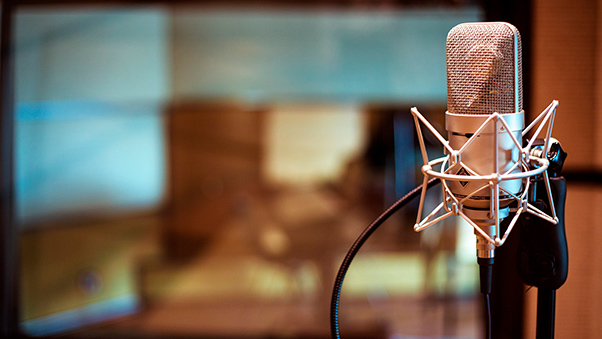Reflection
Every flat hard surface reflects the sound, like the bouncing ball from the wall. When you speak, the sound hits the wall, bounces back and then gets back to the microphone. It’s extremely important to treat the first reflection so that if you speak, the sound is going to be much cleaner. If the first reflection goes to the mic, the recording can be muddy and not recognizable.
Absorption
Porous materials are great sound absorbers: they do not reflect sound. Foam (polyester) is the example of porouse sound absorber. Imagine blowing an air into the thick foam. Air motion would stop because it spends it’s energy. Same happens with the sound: it loses it’s energy (it transforms to heat energy).
Acoustic Foam vs Acoustic Panels
Acoustic Panels are advantageous in many ways:
1. outstanding noise reduction – up to NRC 0.95 (95% noise reduction – great for noise reduction and even soundproofing);
2. non-flammable materials do not have any volatile fibers to get airborne and get into your lungs like rockwool or glasswool panels. It does not have any smell to it and it will not exude formaldehyde vapors like an acoustic foam. It is practically indestructible and it will not disintegrate over time, like DIY sound foam panels;
3. Built for many years to come! Decorative Acoustic Panels are practically indestructible and it will not disintegrate over time, like cheap acoustic foam;
4. Great acoustics does not need to be boring. We can print any image (corporate logo, photo, art or even game screenshot) you want on these panels to let you express your beauty and personality. Decorative sound panels can be installed on walls or ceilings;
5. Acoustic panels are very easy to install on walls or ceilings: absolutely no tools or glue required!
Diffusion
Imagine when you throw a ball in a bookshelf on a wall, or even surfaces, you won’t know where it would go. Diffuser us some kind of odd shape hard object. Some is made of wood material, sticking out at different length. Some is made in special shape or angle. The idea is that if the reflective surface is not flat, then the sound is going to be reflected in different angles. The energy of the sound remains the same but it becomes scattered.
Direct Sound
Is the sound that goes directly from a sound source (for example, voice actor’s mouth) to a microphone.
What is DEAD room and LIVE room?
“Dead room” is where no echo at all. “Live room” is a room with reflective surfaces. In “DEAD” room all the walls should be covered with acoustic panels so nothing is reflected back. Voice actor wants the room to be as “dead” as possible. However, it’s not ideal for Singers or Musicians. Singers want a little bit of a “Live room” so sound wouldn’t be dull or too artificial.
If you have any questions about Acoustic or Soundproofing Panels or need assistance with proper home recording studio setup/upgrade, please don’t hesitate to contact Acoustic Panels Art at any time!
